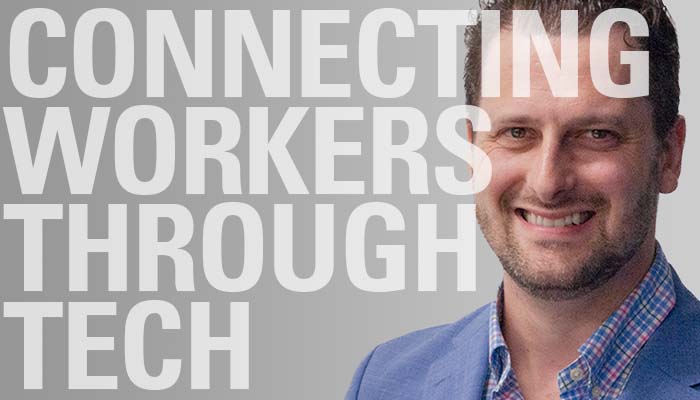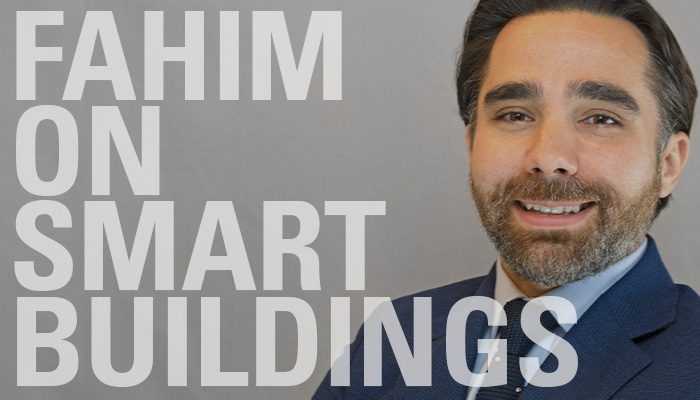The evolution of the modern office needs to accommodate team members meeting in person and online. ESD now Stantec Senior Audio Visual Consultant John Doyle offers an overview of the best technology to consider. (Learn more about the meeting room technology.)
I am proud to be in the forefront of an increasingly important concept focusing on human health and wellness in the built environment.
Globally, health trends are of increasing concern with statistics showing obesity rates doubling since 1980 and lifestyles changing to more and more sedentary activities. Many of the factors that contribute to these trends are tied closely with the built environment, especially considering humans spend about 90 percent of their time indoors. The air we breathe, the water we drink, the food we eat, the activity we partake in, can all be controlled or influenced by the spaces we create. Understanding that the built environment we are designing, constructing, and operating can be part of the solution is critical.
In addition there is a business case to make. Studies show that over a 30-year period, more than 90 percent of the costs of operating a business are related to personnel. This is especially interesting for companies that have their business goals so heavily tied to employee talent acquisition and retention or health and wellness. In particular in the Bay Area, there is a growing market to implement strategies that speak more directly to occupant satisfaction. The discussion on sustainability is shifting to add these additional layers of health and wellness onto the environmental impact dialogue.
There are emerging frameworks in today’s market that are attempting to address this dialogue. Similar to LEED, Green Globes, BREEAM, and the like, these frameworks provide an avenue for guidance on design, construction, and operational strategies as well as recognition for successful achievement at different levels. RESET, Regenerative Ecological Social and Economic Targets, is a certification system that prioritizes indoor air quality specifically. It is based on eliminating harmful airborne chemicals at the source (i.e. tracking material VOCs) and measuring performance criteria on 5 parameters during operation (PM2.5, TVOCs, CO2, RH, and Temperature). GIGA, the administrators of RESET, also created an online platform and app that can be used regardless of certification.
Another example and a more holistic framework in the building health and wellness sector is the WELL Building Standard, whose seven-pronged structure considers air, water, nourishment, light, fitness, comfort and mind. The standard was pioneered by Delos and is administered by the International WELL Building Institute, a public benefit corporation whose mission is to improve human health and wellbeing through the built environment. The standard is organized into 102 features – approximately 40% of which are required (“Preconditions”) for the basic level of certification while the remainder are optional (“Optimizations”) to attempt higher levels of certification. The standard requires documentation such as annotated project documents and letters of assurance as well as a series of onsite performance tests known as Performance Verification prior to final certification. The Performance Verification includes visual inspection, air and water quality test, noise, light, and temperature level readings, and testing of other environmental parameters.
There is also a developing intersection of personal health data and smart building technology. Sensors are already being used for measuring various elements in the air stream, such as particle count, carbon dioxide, and ozone, in addition to other environmental metrics such as temperature, humidity, sound and light levels. Personal sensors such as Fitbit and mobile device apps are measuring individual’s metabolic activity and location. Those same devices are being used for digital credentialing for security access, logging into hoteling workstations, and even changing one’s personal thermal environment. Interior space planning is allowing for varying work environments ranging from private enclosed areas vs. open space to mood based work zones. Aligning technology of real-time individual personal health with intelligent building systems to not only react but also predict needs and influence behavior is the future of this movement.




